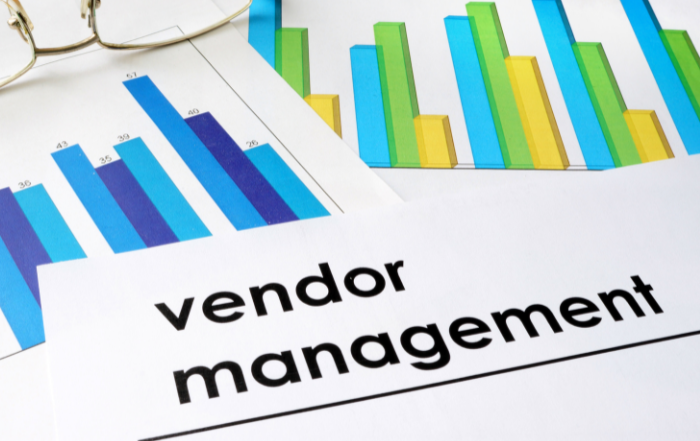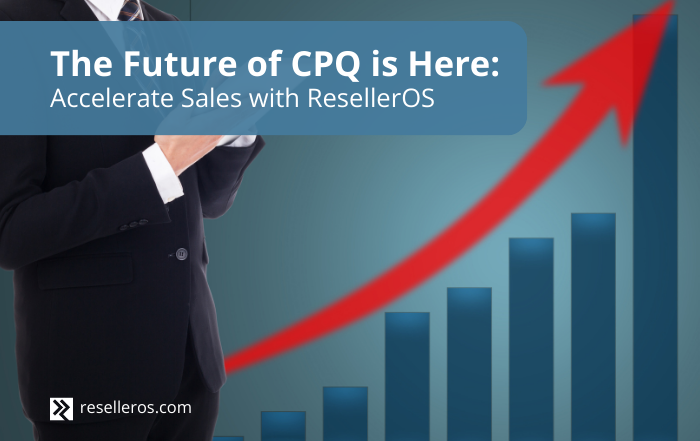Salesforce Best Practices For Governance Strategy
With over 18 years of experience in the platform, our team has helped clients again and again pinpoint the lack of one of the most important Salesforce best practices: a proper governance strategy. The need for a governance strategy usually stems from an issue or issues you’re having — instituting processes around new technology, adapting to new industry norms, internal shuffling of organizational priorities, for example — that require a governance structure in place to properly evolve Salesforce to meet your needs . But how do you know when that issue is big enough to overhaul your current practices?
With all of these examples of clients with poor — or non-existent — governance, the experts at Rainmaker have seen the fallout of not establishing a functional governance strategy and establishing proper Salesforce best practices and how that can lead to technical debt, system performance issues that sideline sales resources, lack of adoption, and sometimes the need to do a major system reset and refactoring.
We’ve identified the tell-tale sign of a poorly structured governance framework, which include but are not limited to:
- Salesforce users and their leaders not feeling confident in the decisions made to improve the platform internally
- Frequent issues when new functionality roles out; existing functionality breaking or not working as expected
- Lack of centralized processes for gathering new requirements
- Lack of a product enhancement roadmap and a place where those enhancements are tracked
A well structured governance strategy is based around gathering user and department issues and requests; ranking, planning, and rolling out new capabilities as they are requested; and alignment between stakeholders on priority of these assets.
Do you need help improving your governance strategy? Contact Rainmaker today for a consultation.
Getting Started With Your Salesforce Governance Strategy
The approach to governance varies from company-to-company, but the basic best practices always stay the same. As a rough guideline, your governance strategy and Salesforce best practices should cover the following key questions:
- How will we capture and track requests for issue resolution, new functionality, and ideas/initiatives?
- Who will groom and analyze requests to understand the who, what, why, and how of each request, so that they can be prioritized?
- Who and how often will we set priorities? How often will releases happen?
- How do we communicate the prioritization of our initiatives, and when we release functionality, how will we enable users to understand what’s changed and how to make use of it?
- How will we track and report on progress?
Where do we track the requests?
Your email inbox is not a scalable framework to manage and prioritize the backlog of requests from users, and the work progress and communications around fulfilling those needs. Focus on giving users an easy way to enter their requests, issues, and ideas, and capture those ideas in a central place that your steering committee can see them. If you don’t already have a system like JIRA in place, or if that system is out of reach for your Salesforce users (i.e. they don’t have access), we recommend using a combination of Salesforce objects (e.g. cases, ideas, custom objects, etc.), to make it easy for users to submit their needs. Sourcing new requests in Salesforce enables you to source, sort, prioritize, and report on what needs to be done and where it is in the process.
Prioritizing the Backlog
Who will be involved in leading the charge and prioritizing needs? How often will these stakeholders meet? What will the delegation of action items look like? These questions should be answered in your governance strategy.
Before you can prioritize, you have to understand what people are really asking for. Generally, users communicate their needs in terms of solutions, e.g. “I need an object that tracks the time people spend on x, y, and z, in the sales cycle.” The problem is that a lot of context is lacking in this kind of request. Someone should be responsible for helping “groom” the request to understand more about it. Who’s asking for this, and what’s the business value they are targeting? What impact will this functionality have on the individual, their team, or the organization (at a high level)? In general, why is this important and who will it impact?
In our managed services program, we call this person a Managed Services Consultant, and their job is to take all of the requests that come in and gather enough detail to help drive prioritization. The keystone to it all is having a focus on business value, so that when different stakeholders with different priorities are at the table, they can clearly understand the relative importance of their own initiatives compared with others’.
Depending on the size of your organization, the frequency of requests, your target release schedule, and other factors, your approach may be different than other organizations but in general we recommend a multi-tiered approach that includes three levels of involvement:
- Executive Sponsor(s) – these participants give the blessing on budget and timeline of key initiatives identified and escalated by the steering committee
- Steering Committee – functional stakeholders and managers that help prioritize the backlog of ideas, initiatives that will enhance your use of Salesforce
- Dev Ops – your admins, architects, and other team members that are responsible for grooming requests and delivering them.
Center of Excellence‘s (CoE) function best when they have the involvement of leaders of given departments or groups within your organization; by the people that understand what’s important and can make tradeoffs in their own department’s needs, or across departments.
Cross-Functional Prioritization & Planning
One of the biggest challenges all organizations face is the scarcity of resources to address all of the issues, requested functionality, and prioritized initiatives, given budget and timeline constraints. Your CoE should be made up of stakeholders in different functions (sales, marketing, customer services, operations, etc.), who are aligned to the organizational strategy and goals overall, so that they can work together and compromise on prioritization of initiatives, relative to resources available.
Again, we’ve found that if the whole process is managed in Salesforce, it creates a level of transparency and visibility that lends itself to efficient and effective communications regarding the system roadmap, release schedule, and the business case that drives certain initiatives being prioritized over others.
What’s the communication strategy within the steering committee and across the organization? How will we prioritize and plan requests? How do we need to communicate new changes, to whom, and what do you need to communicate to ensure proper adoption?
So, who should help make these decisions in your org regarding your Salesforce best practices governance framework?
- Executive Sponsor: Strategic alignment and decision-making
- Executive Steering Committee: Cross-functional team to oversee prioritization, impact, and ROI
- Program Management: Working groups to support user access and system changes, fast evaluation of LOE and impact, filter cross-business impact and cost upwards
- Business and Technical Working Groups: Individuals responsible for change management, training support, and system architecture
- Business Advisory Team: A community of business function leads serving as advisors to recommend system enhancements and bug fixes
Communication across an organization is crucial to defining the prioritization of goals and planning the next phase of a product launch or sales cycle. Establishing a cadence of communication and project transparency within the platform where your sales team lives and breathes helps make processes and their management second nature. Introducing the native management of these processes in Salesforce as simply another “check box” on your team’s daily “To-Do” list will keep stakeholders informed, transparency simple, and reporting a breeze.
A Clear System & Process Within Salesforce
One of the defining traits of an experienced sales team is the ability to turn on a dime when goals aren’t being met, tactics aren’t converting leads, or the sales climate just isn’t ripe (did someone say global pandemic?). It helps to be nimble and flexible to new initiatives or functionalities as they are introduced, planned, or developed, and that flexibility can be planned into your strategy with the proper systems in place.
One of the biggest pain points customers report when managing their Salesforce best practices is the lack of a clear structure. How will we gather new requests, issues, and who will manage the process of making sure they get done?
Tracking & Reporting Progress
Who will be responsible for making sure the goals outlined are being met, and if they’re not how and when the team needs to pivot to new benchmarks or change strategy to hit goals? How often will these issues be addressed? What reporting format and cadence makes the most sense? Who needs to need to know what and when? These are all important questions to address after your strategy is put in place and the engine is running. After all, what good does all the effort of implementing a governance framework do if the goals it was designed to hit are never met?
Putting Your Salesforce Governance Strategy Into Action
Is all of this making your head spin? That’s where Managed Services by Rainmaker comes in. Rainmaker — a Salesforce Silver Partner — will work with your team to ensure Salesforce best practices are put in place when your governance strategy is developed so that everything is running smoothly, efficiently, effectively, and that you’re receiving all of the benefits that you’ve paid for with your service subscription that allows you to accomplish your revenue goals while seamlessly becoming Salesforce governance professionals. You can also explore functionality and other requests through our AppExchange listing for LEX Ideas.
Rainmaker’s team is fluent in platform best practices, and committed to delivering solutions and process improvements that drive real, measurable business value. The services that our experts can provide include, but are no limited to:
- Salesforce Administration
- Backlog Management
- Proactive Services (Data Hygiene, Security & User Audits, etc.)
- Flex Capacity
- DevOps Management






